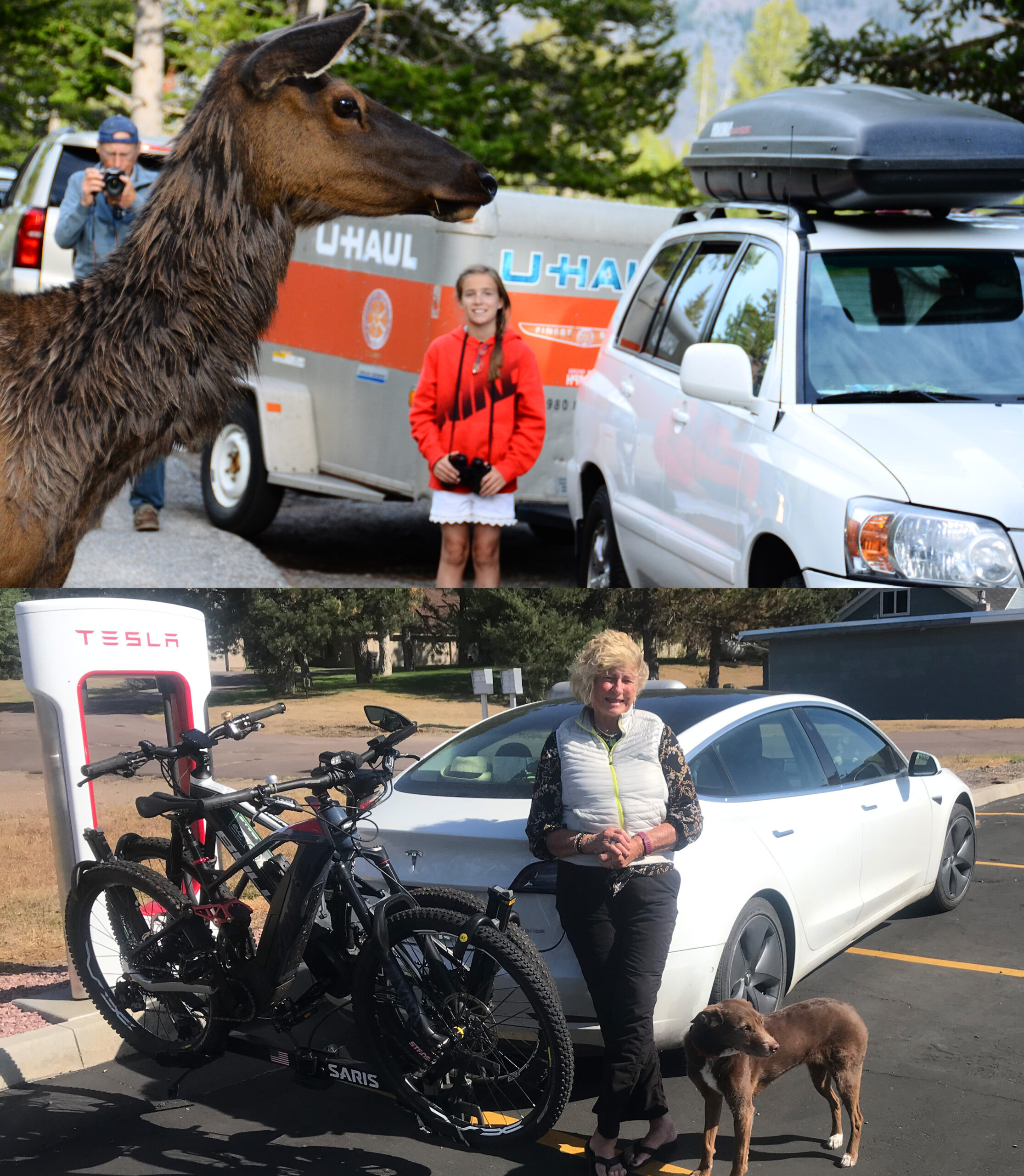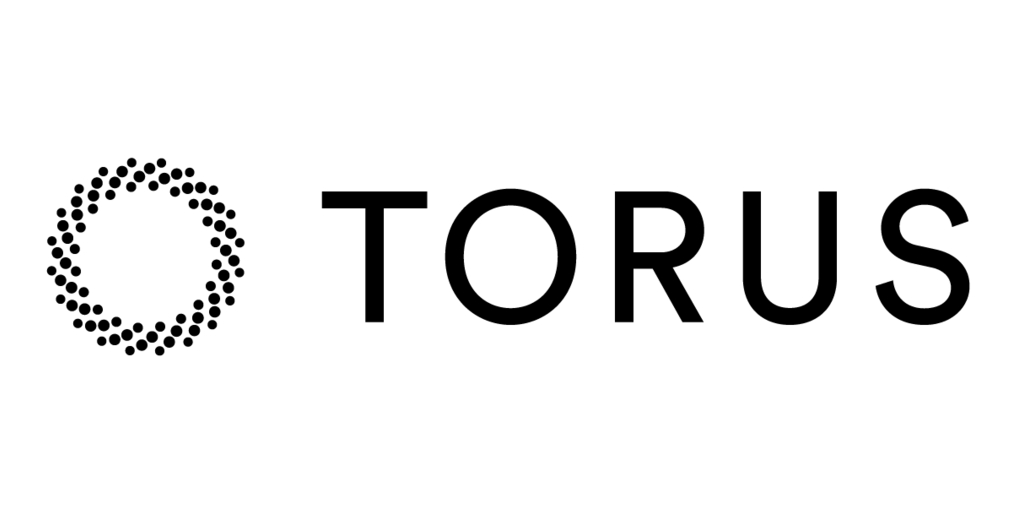
Sign up for daily news updates from CleanTechnica on email. Or follow us on Google News!
Everyone has the jitters about the fate of the US electric vehicle market after President Joe Biden peacefully hands over the reins of power on January 20. Everyone, that is, except top investors like the GM Ventures branch of General Motors. The firm has just co-lead a new $44 million round of financing aimed at bringing a new PFAS-free energy storage solution to market, gilding the green lily with EV battery performance improvements as well.
A New Solution For The EV Battery PFAS Problem
GM Ventures and Catalus Capital spearheaded the $44 million financing round on behalf of the Massachusetts startup Nanoramic, which has been laboring in semi-obscurity over the EV battery PFAS problem since spinning out of MIT in 2009. That was right around the time CleanTechnica hit the Intertubes, so we have some catching up to do.
Nanoramic has come up with a PFAS-free, drop-in replacement for the conventional binders commonly used in EV battery electrodes as well as other lithium-ion battery applications. EV battery binders typically don’t get a lot of media attention, but they exercise significant influence over battery cost and performance.
The compound PVDF is a common EV battery binder that falls into the PFAS category, though some industry stakeholders have resisted the classification.
By drop-in replacement for PVDF, Nanoramic really means drop in. Under the proprietary name Neocarbonix®, the new binder is fully compatible with existing lithium-ion EV battery manufacturing lines. Nanoramic is also aiming at the market for every other form of energy storage including mobile devices as well as stationary battery arrays.
New EV Battery Banishes NMP Solvents, Too
Getting rid of PFAS “forever” toxic chemicals in the EV battery supply chain is a significant step up the sustainability ladder for electric vehicle stakeholders but wait, there’s more. Nanoramic has also figured out a way to skip the toxic solvent NMP (n-methylpyrrolidone) in favor of water and alcohol.
NMP has stubbornly inserted itself into the Li-ion battery manufacturing process among many (many) other industrial applications. In conventional EV battery manufacturing, the PVDF binder is a temporary fix needed to keep the material together until it is ready to be dissolved out, with the dissolving done by an NMP solvent.
“Neocarbonix replaces PVDF binder with a carbon binding structure, which improves both the electric conductivity and mechanical properties of the battery. Additionally, this eliminates the need for NMP solvent,” Nanoramic explains.
Also called 1-methyl-2-pyrrolidone or N-methyl-2-pyrrolidone, NMP was the subject of a new determination by the US Environmental Protection Agency over the summer, and it wasn’t pretty.
“EPA determined that NMP presents an unreasonable risk of injury to health due to the significant adverse health effects associated with exposure to NMP, including developmental post-implantation fetal loss from short-term exposure and reduced fertility and fecundity from long-term exposure,” EPA wrote into the Federal Register on June 14.
Ouch!
“Additional adverse effects associated with exposure to NMP include liver toxicity, kidney toxicity, immunotoxicity, neurotoxicity, skin irritation, and sensitization,” EPA continued, before diving into an outline of proposed new controls and restrictions on the use of NMP.
On the plus side, EPA notes that EV battery manufacturers are among the industrial stakeholders that have already established the kinds of worker exposure controls that EPA expects under the proposed new rules. Still, ditching NMP altogether adds a fool-proof layer of worker safety while cutting related costs.
“Neocarbonix® is fundamentally a force multiplier – it is designed to replace conventional binders in battery electrodes and targets far-reaching improvements in battery cost, energy density, power, fast charging, worker safety, manufacturing energy consumption, and supply chain security,” Nanoramic explained in a press release earlier this morning.
Building A Better EV Battery
For the record, the $44 million financing round included Samsung Ventures and Top Material along with existing investors Fortistar Capital and WindSail Capital Group among others.
“The investment will significantly bolster Nanoramic’s efforts to commercialize its groundbreaking Neocarbonix® technology across a broad range of industries and applications,” Nanoramic explained.
That remains to be seen, but the prize is a tantalizing one in terms of green marketing as well as EV battery performance. “Nanoramic’s proprietary Neocarbonix electrode technology enables battery makers to transition towards environmentally friendly manufacturing and green batteries, placing them at the forefront of energy transition sustainability,” Nanoramic explains.
The elimination of NMP has a sustainability and cost advantage over and above removing toxic chemicals from the supply chain. “Neocarbonix reduces the carbon footprint of Li-ion battery manufacturing by 25%. This is possible by eliminating the need for NMP, which makes the drying stage of electrode manufacturing very energy intensive due to its high boiling point and low vapor pressure,” Nanoramic explains.
The circular economy also comes into play. PVDF is one of the factors that make EV battery recycling difficult and expensive. Re-using the active material in electrodes typically requires an energy-intensive process of atomic breakdown and buildup. In contrast, Nanoramic states that the active material in NMC cathodes made with Neocarbonix can be reused directly.
What EV Sales Crisis?
On December 4, the US Information Agency took note of estimates from Wards Intelligence, showing that the combination of light-duty hybrid, plug-in hybrid, and battery-only EV sales reached another record, growing from 19.1% of total sales to 21.2%.
“This increase in the electric and hybrid vehicle market share was driven primarily by BEV sales,” EIA emphasized. “BEV sales continue to increase, with the share growing from 7.4% of the U.S. [light dutey vehicle] market in 2Q24 to 8.9% in 3Q24.
Of particular interest is the strength of EV sales in the luxury market, where BEVs accounted for 35.8% of sales in Q3. That is pretty impressive, though EIA notes that luxury sales have been falling since 2017 as more affordable EVs enter the market.
All else being equal, a significant drop in the cost of an EV battery could help increase sales in the affordable EV end of the market, whether or not the existing federal tax credit disappears after President Biden leaves office — that is, if all goes according to plan.
The Loan Programs Office of the US Department of Energy has been distributing funds earmarked for EV manufacturing in the US through a carve-out in the Bipartisan Infrastructure Law. If the commitments stand firm against interference from the incoming administration, keep an eye out for improvements in the domestic battery supply chain including LFP technology, as well as multi-billion dollar investments from Stellantis and Rivian among others.
Follow me via LinkTree, or @tinamcasey on LinkedIn and Bluesky.
Image: The US startup Nanoramic underscores the bottom line benefits of sustainable EV battery manufacturing with a new electrode solution that eliminates toxic PFAS chemicals and NMP solvents, too (screenshot cropped, courtesy of Nanoramic).

Chip in a few dollars a month to help support independent cleantech coverage that helps to accelerate the cleantech revolution!
Have a tip for CleanTechnica? Want to advertise? Want to suggest a guest for our CleanTech Talk podcast? Contact us here.
Sign up for our daily newsletter for 15 new cleantech stories a day. Or sign up for our weekly one if daily is too frequent.
CleanTechnica uses affiliate links. See our policy here.
CleanTechnica’s Comment Policy




